The nozzles are able to clean away heavy or difficult to remove soils, grease, oil, coolants, buffing compounds, abrasive dust, blast debris, paint, chips, and other contaminants that do not come off easily. Read More…
Niagara Systems LLC has offered turnkey custom parts washing systems for over 80 years. With our customization capabilities, our parts washing systems stand out from the competition.
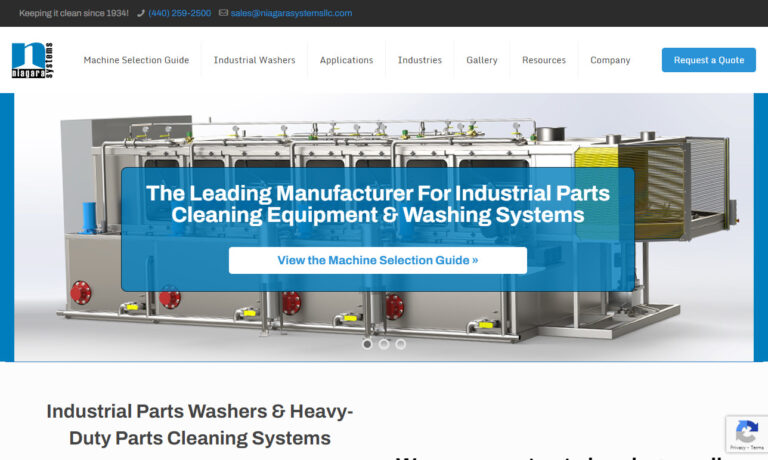
Great Lakes Finishing Equipment, Inc. specializes in supplying parts washers for even the most demanding cleaning jobs. Equipment includes table washers, drum washers, aqueous rotary baskets, aqueous belt washing systems, & more. Let our parts washing specialists assist you with your specific washing applications. Contact us today for all of your parts washer needs.
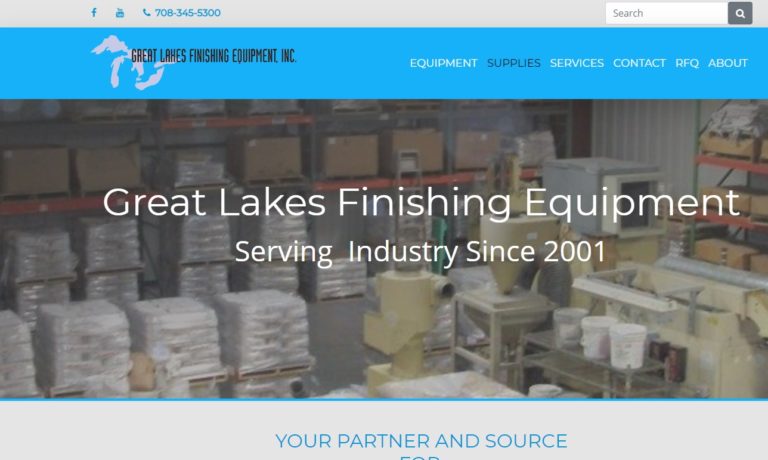
Need help with a parts washer to clean your dirty parts? Contact StingRay to get a quote for an engineered parts washer. StingRay Parts Washer offers a complete solution to your cleaning needs which includes fixturing of your parts, industry approved detergent, engineered parts washer, and the most complete customer service in the industry.
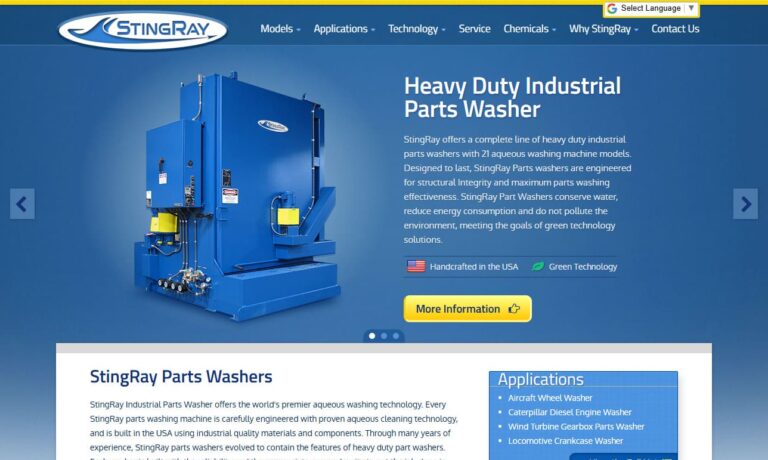
More Spray Washer Manufacturers
Spray washers are composed of a conveyor system that flows through a cabinet. The cabinet houses a cleaning tank and several nozzles that are angled at different positions in order to clean the whole surface of every part.
These cleaning systems are designed to wash newly machined products in medium to large volumes, such as industrial drums, appliances, and automotive parts. They are batch or inline systems, often integrated with other industrial processes like metal stamping and CNC machining. They are powered by gas or electricity, and the nozzle sprays water at the parts by high-pressure water pumps.
Spray washers are almost always fully automated and operate using a CNC system (computer numeric controlled) or PC software.
Loading is often done by pick-and-place robotic arms or a conveyor that transfers the parts from a manufacturing operation to the spray washer, which is usually one of the last steps in inline processing.
After the parts have been loaded, they are taken through a wash, rinse, blow, and dry cycle. The nozzles spray warm water and water-based solutions, never flammable mineral spirits, which may start a fire or explosion if shot out of a nozzle. The solution is usually set at a temperature of 130º to 190º F, and the spray pressure reaches anywhere from 40 to 60 PSI in order to ensure all grime and contaminants are cleaned from the part surface. The drying system can consist of either heated air or a simple air blower gun or process dryer, which doesn't use heat.
There are many specifications and options when it comes to spray washers, including spray pressure, flow rate, heater power, wash tank capacity, power source type, and loading method. Loading methods include front, top, or continuous (conveyor belt); spray washers can be built to allow any of the three loading configurations.



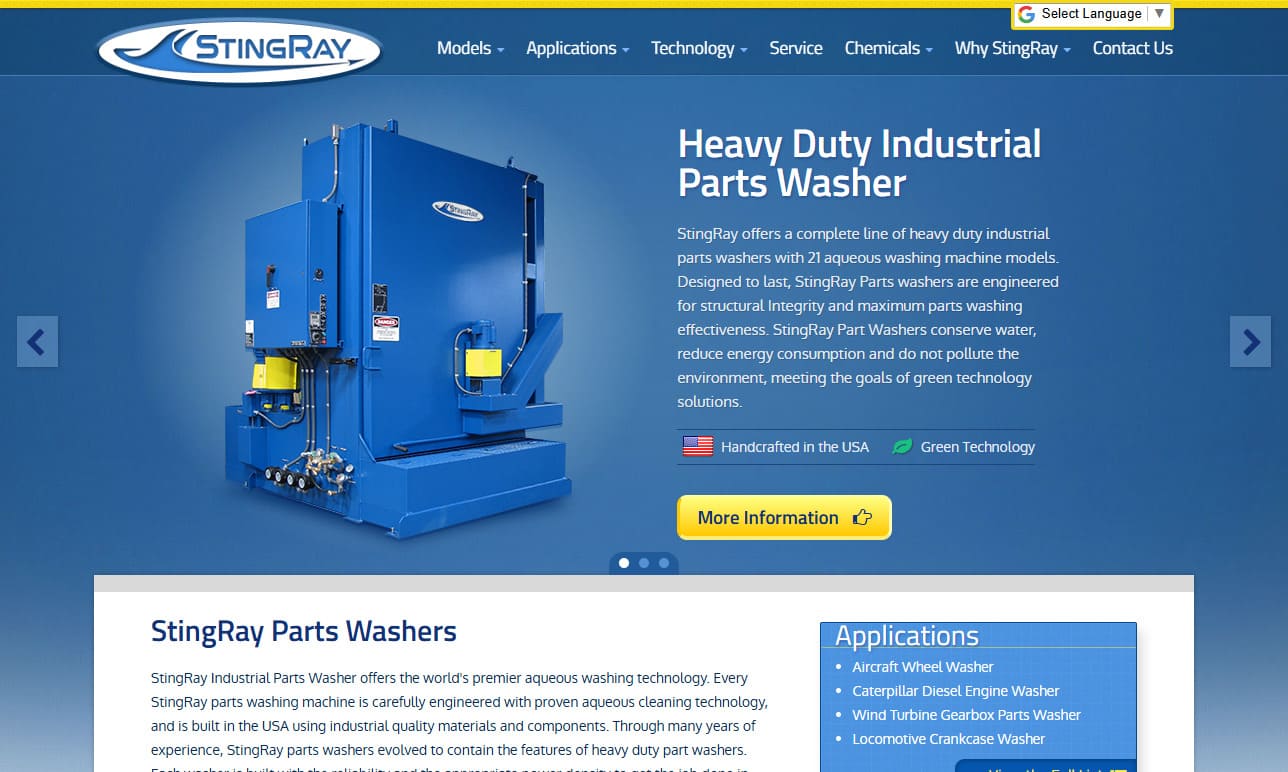

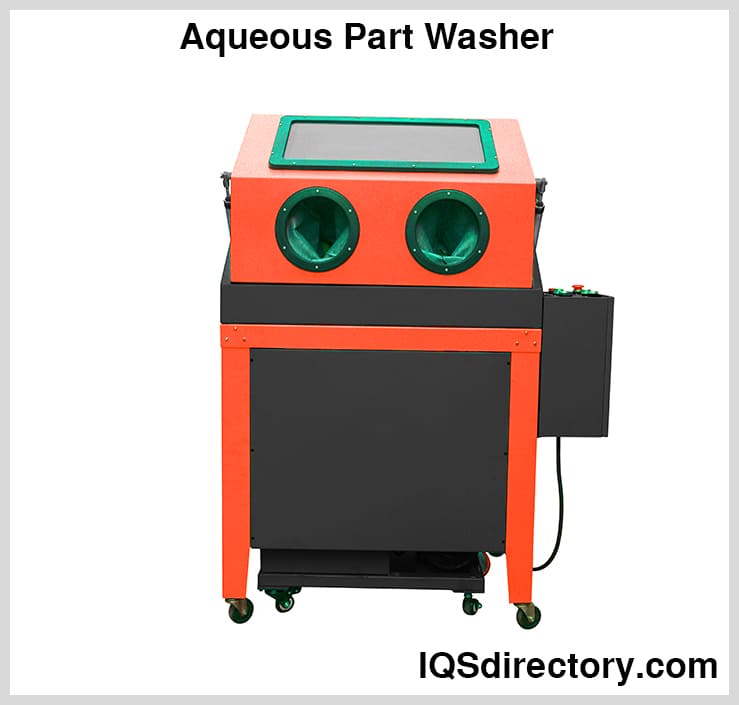
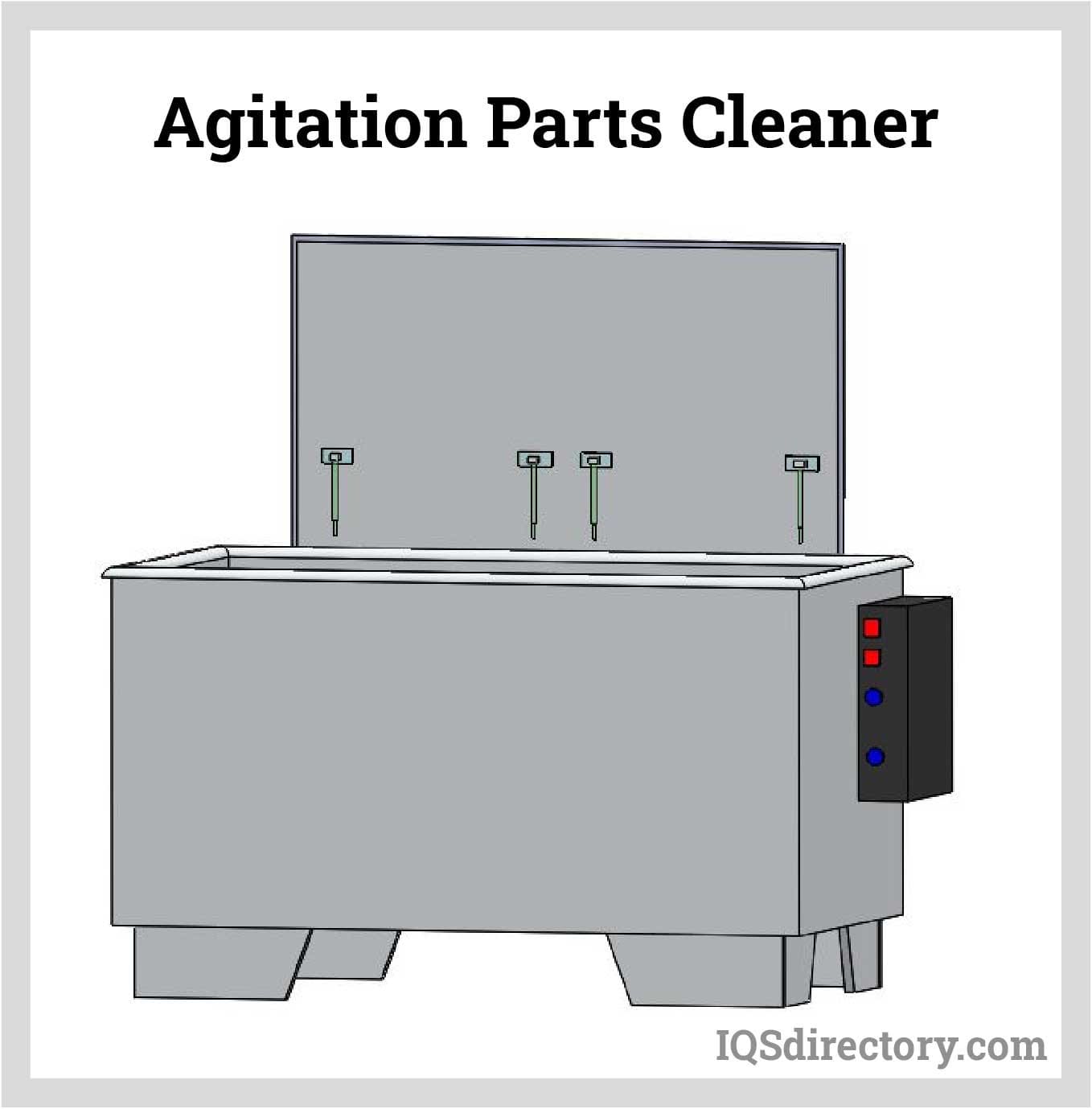
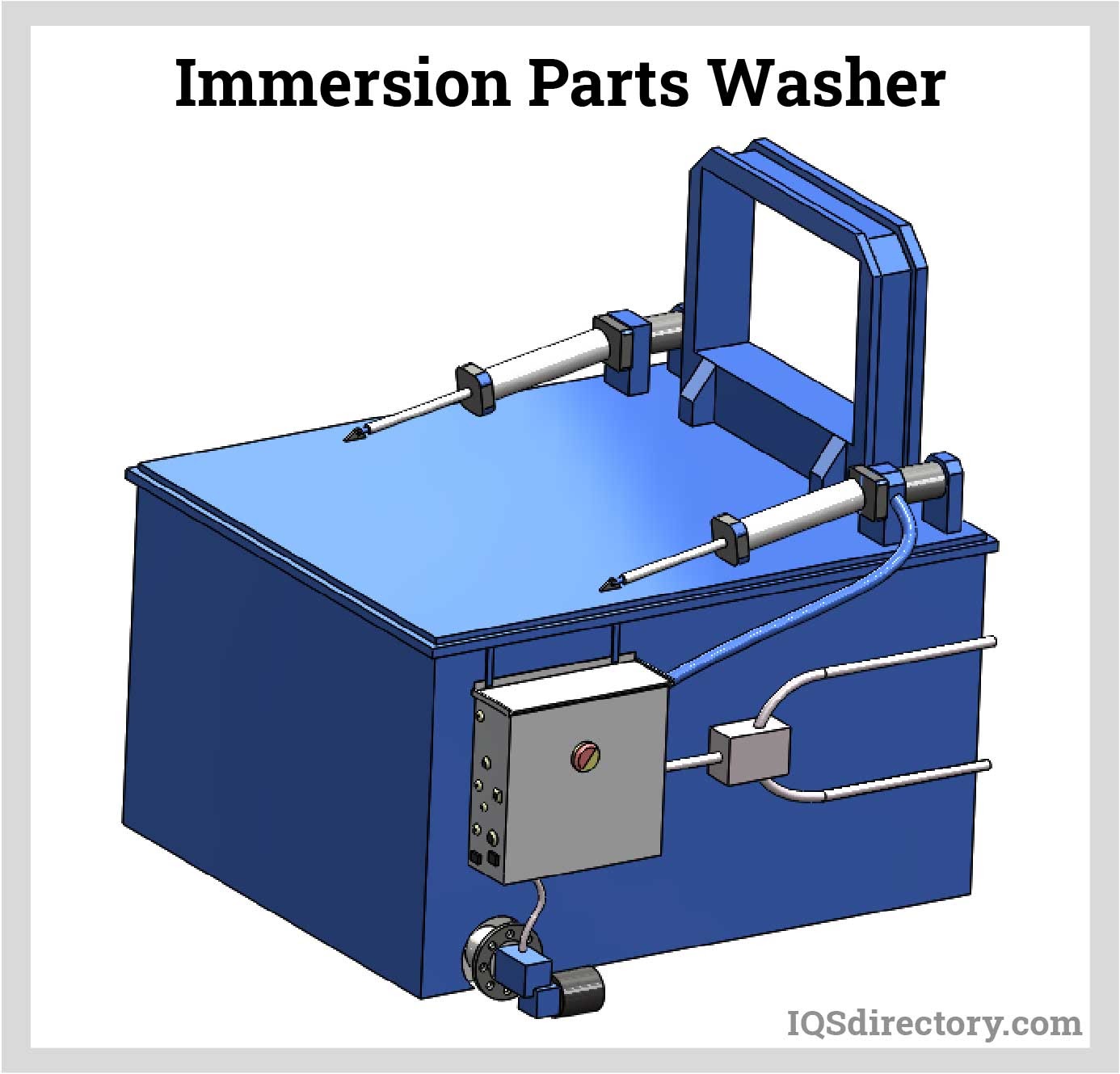
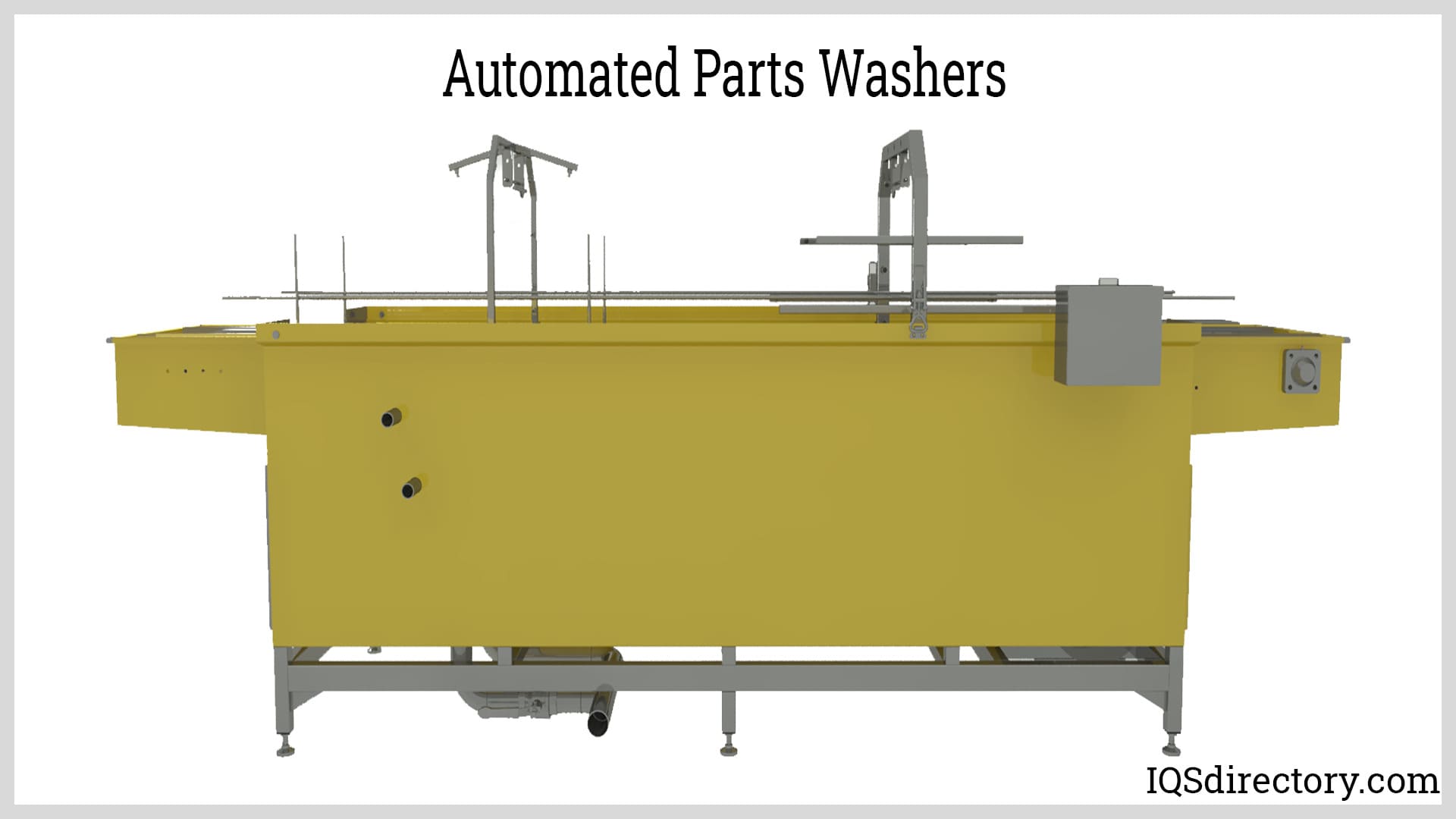
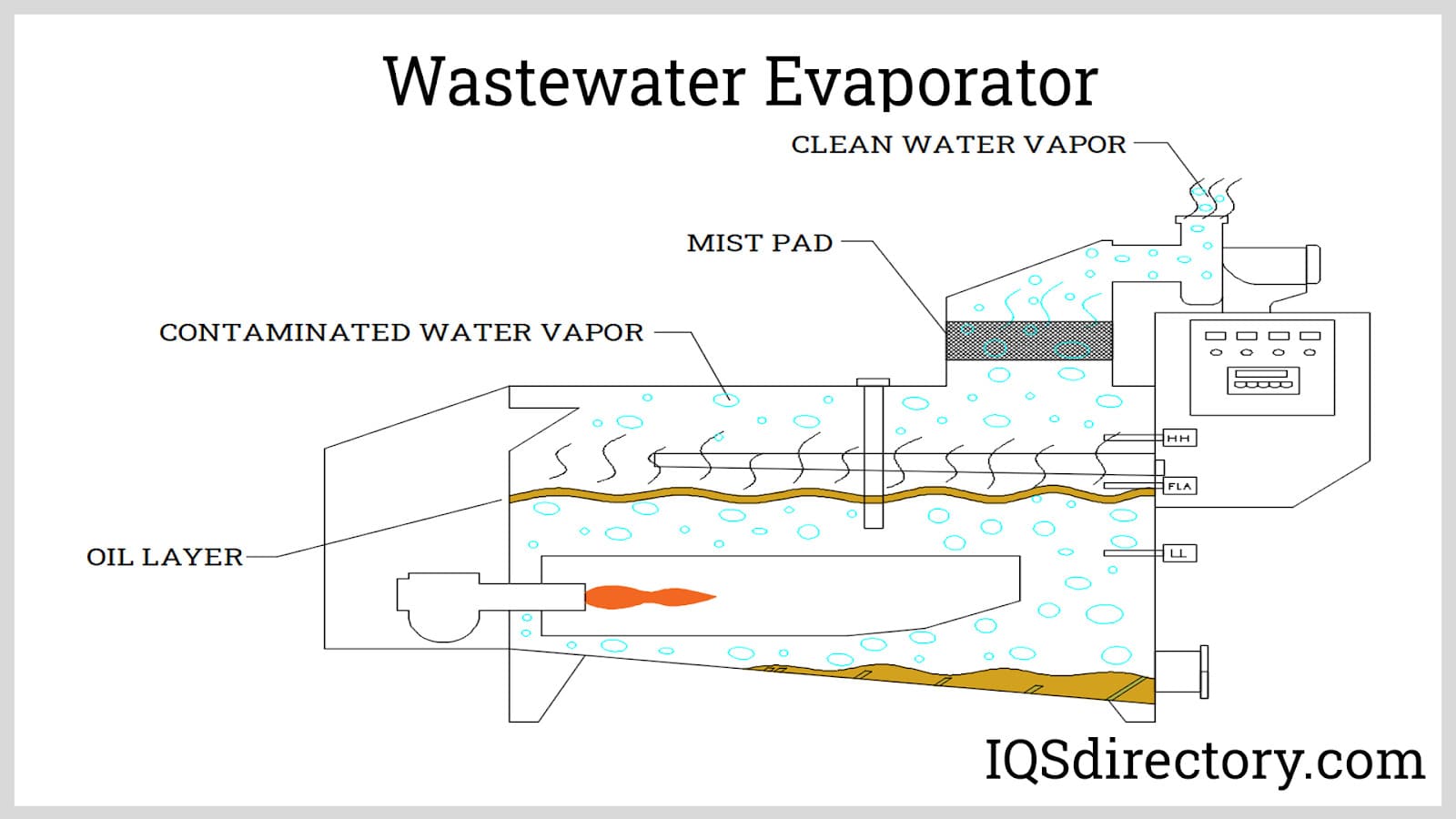
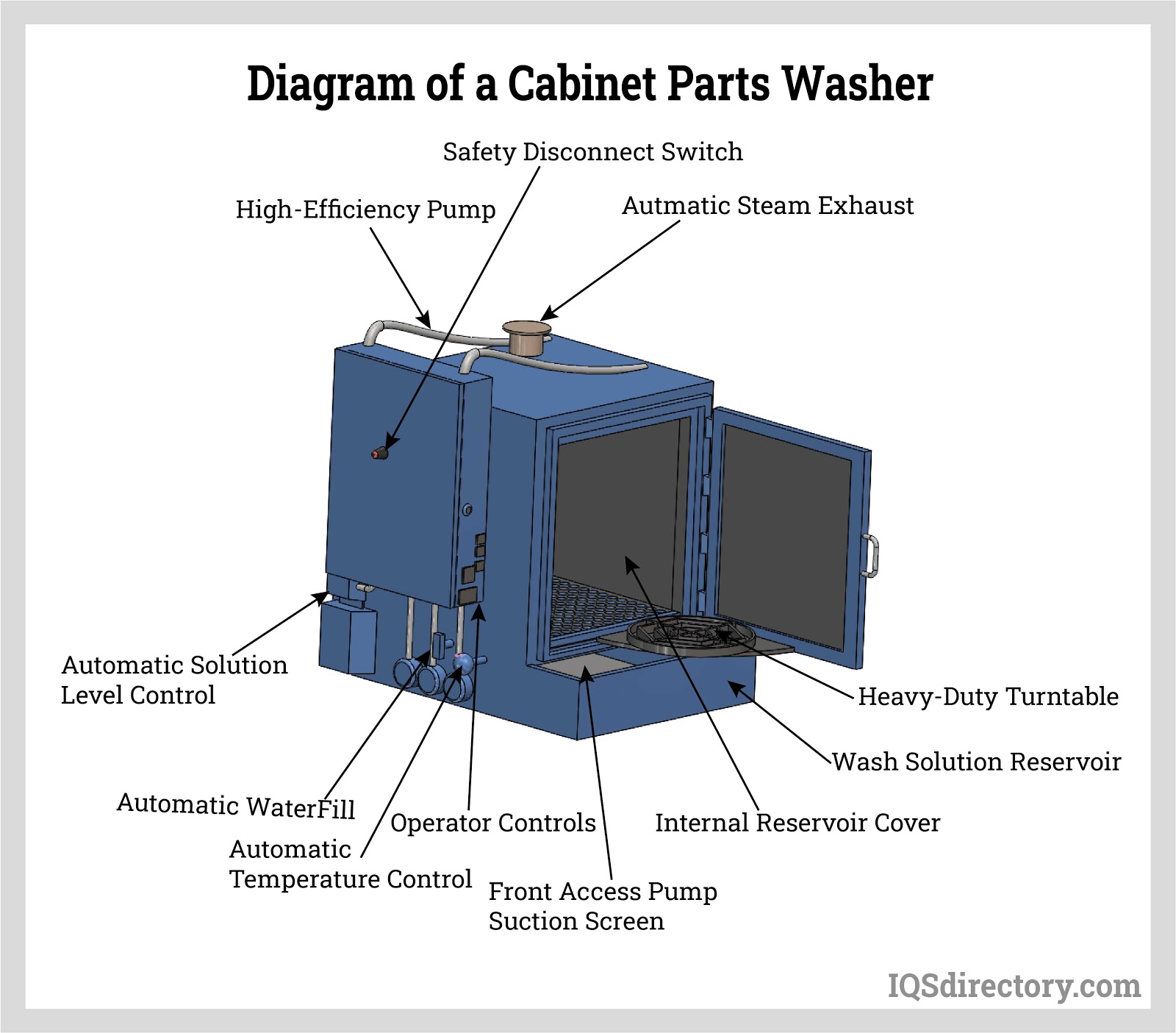
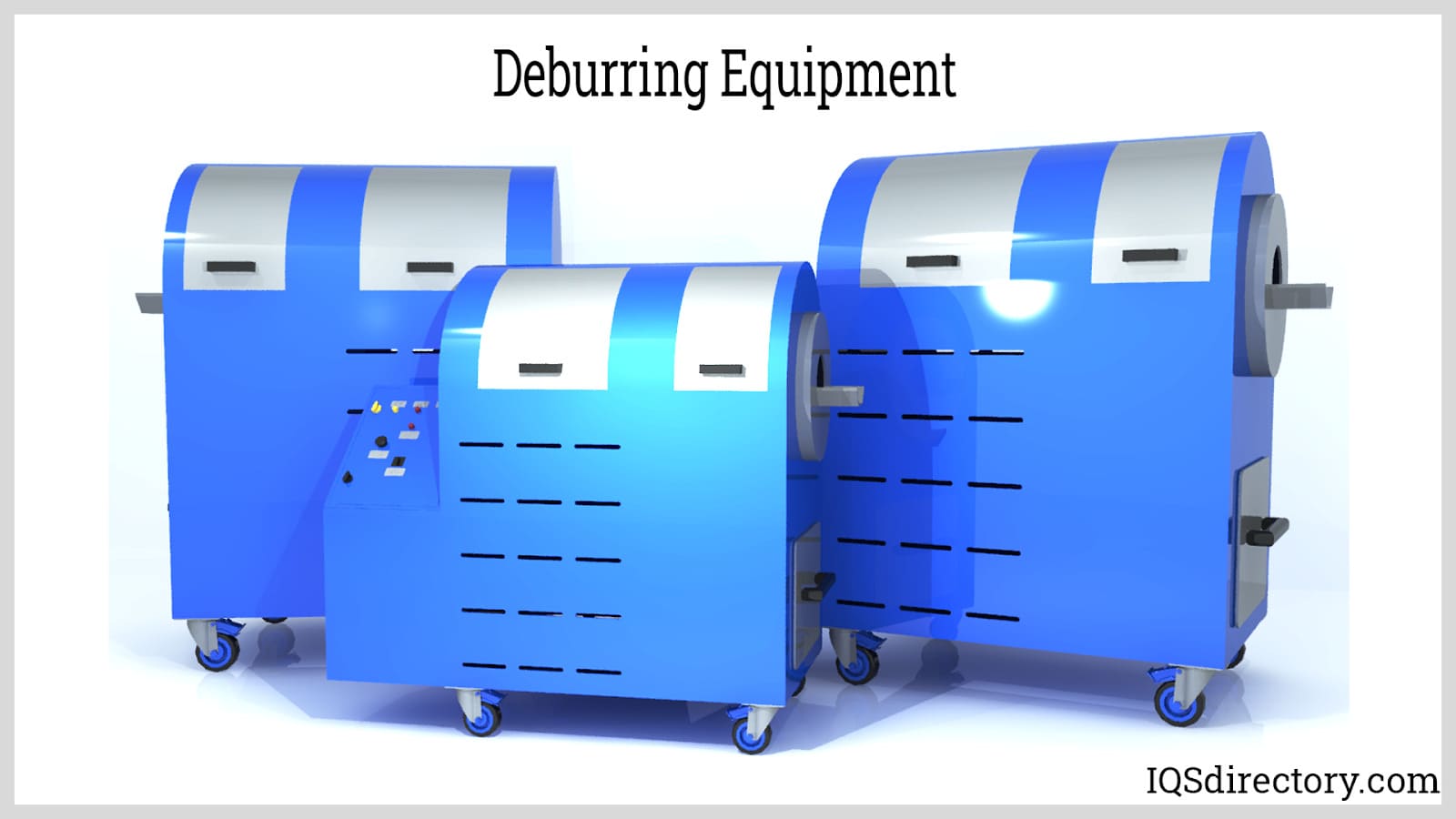
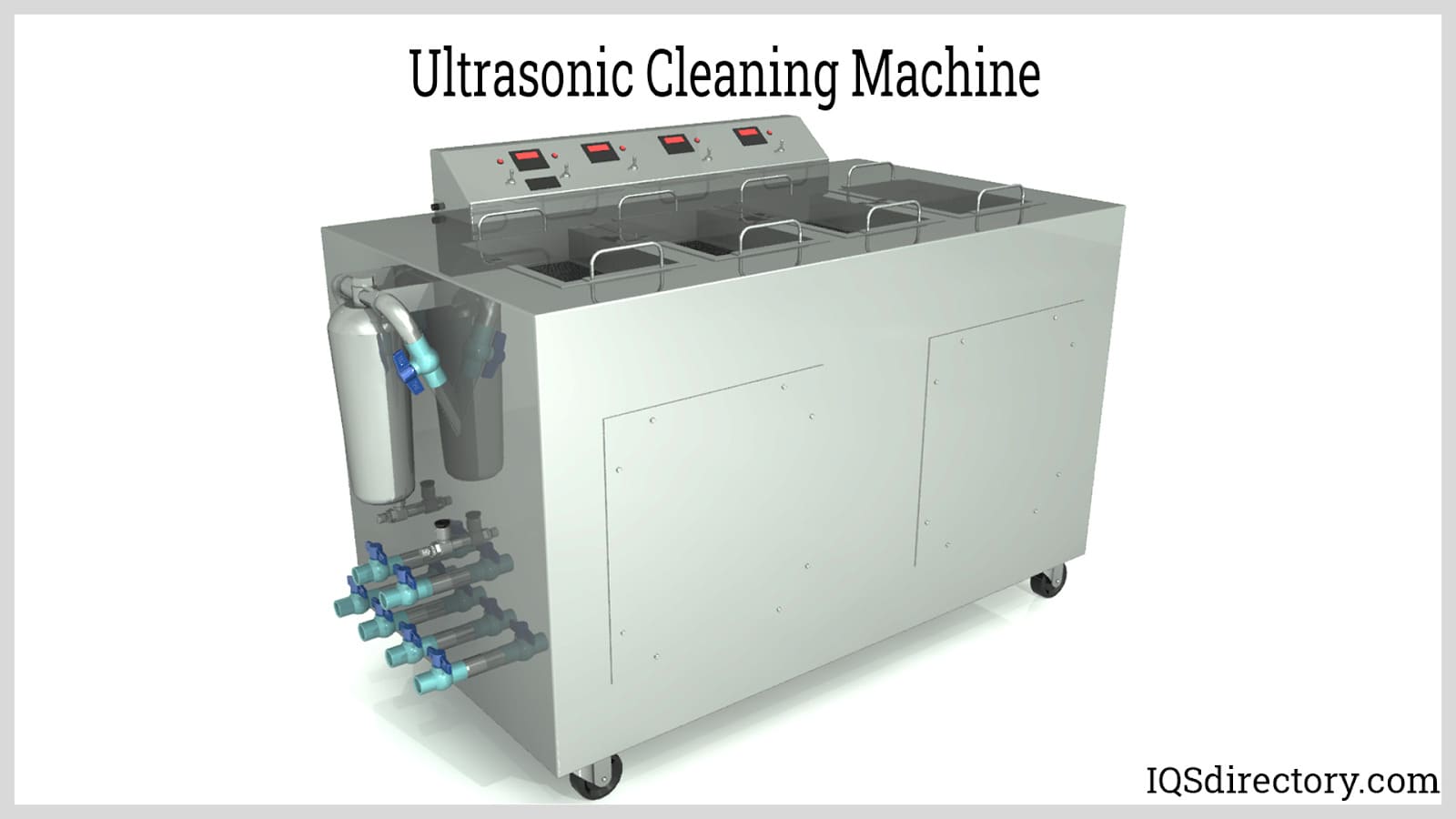
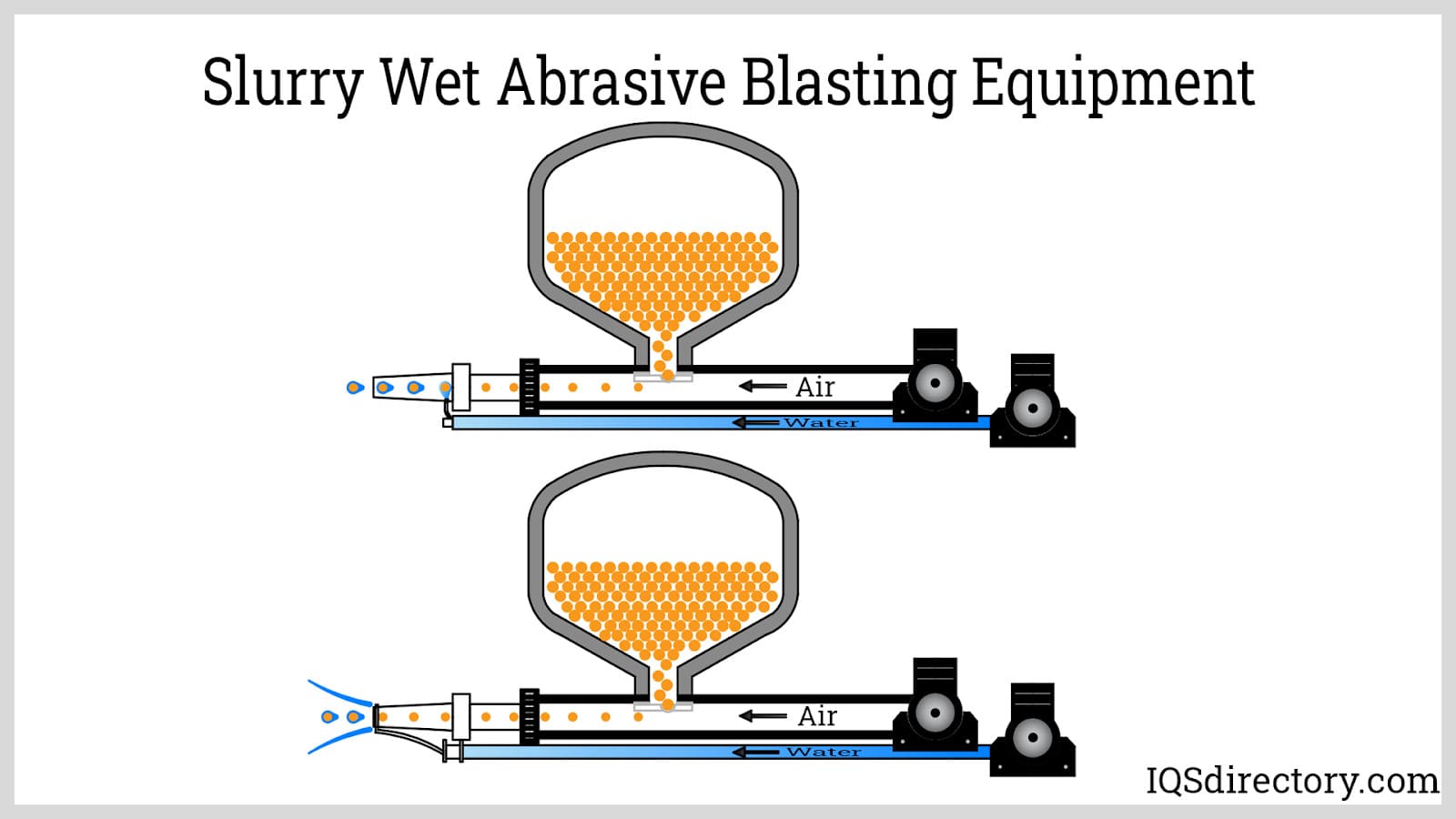
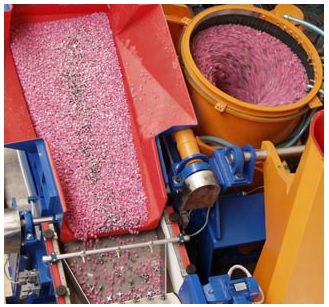 Deburring Machinery
Deburring Machinery Industrial Parts Washers
Industrial Parts Washers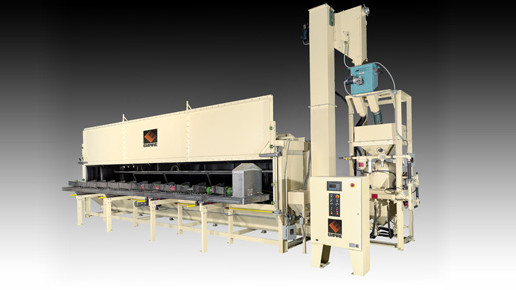 Sandblast Equipment
Sandblast Equipment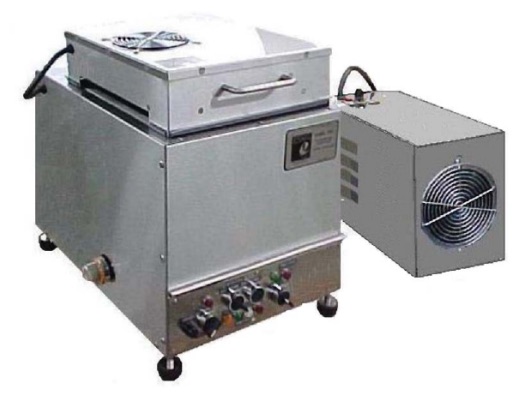 Ultrasonic Cleaners
Ultrasonic Cleaners Castings & Forgings
Castings & Forgings Bulk Material Handling
Bulk Material Handling Electrical & Electronic Components
Electrical & Electronic Components Flow Instrumentation
Flow Instrumentation Hardware
Hardware Material Handling Equipment
Material Handling Equipment Metal Cutting Services
Metal Cutting Services Metal Forming Services
Metal Forming Services Metal Suppliers
Metal Suppliers Motion Control Products
Motion Control Products Plant & Facility Equipment
Plant & Facility Equipment Plant & Facility Supplies
Plant & Facility Supplies Plastic Molding Processes
Plastic Molding Processes Pumps & Valves
Pumps & Valves Recycling Equipment
Recycling Equipment Rubber Products & Services
Rubber Products & Services